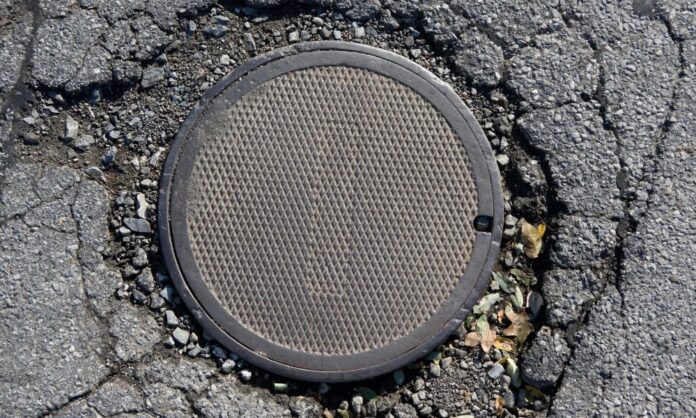Driving seems like a mundane part of our daily routines, but you should always pay close attention to the things your car goes over. Since your tires are the only part of your vehicle to maintain nearly constant contact with the road surface, they’re more susceptible to road damage than other parts. Today, we want to go over four road hazards that can damage your tires and why you want to be careful when driving around or over these common obstructions.
Potholes
Potholes are notorious tire destroyers. These sneaky roadway defects appear when water seeps into the soil beneath the pavement, freezes, expands, and then thaws, leaving a gap under the road. As vehicles pass over these weakened spots, the asphalt begins to crack and break away, forming a pothole. Driving over a pothole can cause immediate tire damage and wheel misalignment. It can even affect the suspension system.
Tip: If hitting a pothole is inevitable, slow down, hold the steering wheel firmly, and try not to brake directly over the pothole to reduce impact.
Manhole Covers
Manhole covers don’t seem like a typical hazard, but they can be when they aren’t flush with the road surface. While it may seem safe and normal to drive over them, understanding the basics of what a manhole cover is makes it a bit clearer why the metal grates and patterns aren’t always good for your tires. Vehicles hitting a raised or recessed manhole can experience tire damage similar to hitting a pothole.
Tip: You should keep an eye out for these metal lids when driving, especially in urban areas. If it’s safe, steer slightly around them. If they’re unavoidable, reduce your speed as you approach to minimize damage.
Debris on the Road
One of the most dangerous road hazards that can damage your tires is unexpected debris. This category includes a broad range of objects like rocks, branches, shards of glass, or pieces of metal that can cause punctures, cuts, or tears in your tires. Larger items can even cause a driver to lose control of the vehicle.
Tip: Maintain focus on the road and avoid distractions. Being observant allows you more time to react and avoid debris.
Weather Conditions
Different weather patterns introduce unique hazards for tires. Rain creates slick road surfaces and increases the risk of hydroplaning. Snow and ice can make tires lose traction, leading to accidents if the tires aren’t specifically for winter conditions.
Tip: In adverse weather, increasing your distance from other cars and reducing speed can help prevent tire-related incidents.








